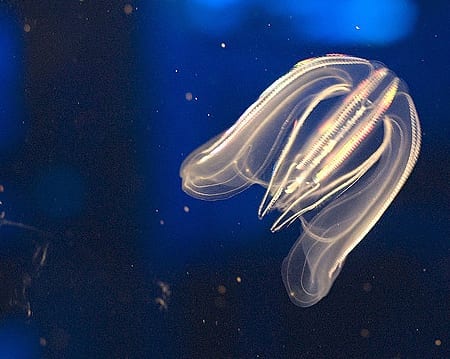By Daniel de la Calle
I did a little webcombing this afternoon and found some news that could interest you, whoever you are, the reader of this blog. These are the fruits of that labor:
1 NOAA is proposing to establish a research area in Gray’s Reef National Marine Sanctuary. Their idea is to designate an area in the sanctuary “where fishing and diving activities are prohibited and vessel transit is allowed without interruption”. The preferred boundary encompasses the southern third of the sanctuary and is expected to displace a minimal number of visitors.
An area devoid of human impact would enable a scientific exploration of how reefs function, to determine more accurately “the effects of natural events (e.g. hurricanes) and to study impacts of climate change, including ocean acidification, which can be better determined in the absence of additional factors like fishing and diving.”
NOAA is also “seeking comments on the Proposed Rule and the supporting Draft Environmental Impact Statement.” You have until December 13 this year.
2 The oceans might look blue to us, but they are the true green lung of our planet. Every second breath of oxygen we take has been produced by phytoplankton, drifting microscopic plant micro-organisms that through photosynthesis remove carbon dioxide from the water and produce oxygen.
The Bigelow Laboratory for Ocean Sciences, a private, non-profit center on the Gulf of Maine, has just been awarded nearly $5 million to help build a new Center for Ocean Biogeochemistry and Climate Change in which to study what the changing climate and increased acidity is doing to the oceans, and more specifically, the role of plankton in this relationship.
Scientists now believe that the life cycle of plankton may be controlled by marine viruses. Phytoplankton blooms in spring and dies in late summer, like most plants, and they want to explore what climate change will do to these pathogens.
I must have been in fifth grade when our science books showed some amazing drawings of these two kinds of impossible creatures: zooplankton (like our friends the pteropods and jellyfish) and phytoplankton (seaweed and algae, for example).

3 “Researchers from Exeter University and the University of Bristol’s School of Biological Sciences, both in England, found a clear association between overall noise levels generated by a reef’s denizens and the amount of living coral present: Healthy reefs mean more coral structures, more fish and other creatures calling that coral home; and more inhabitants mean more noise.”
In their study they have found a real richness of information from the reef-generated sounds, so this finding could change the way scientists monitor reefs. The sounds could very well provide fish and invertebrates with the necessary information to find the best area to live, or even help them to return to the very reef in which they originally spawned.
I wonder if a more acidic ocean, where sound travels faster, will produce unexpected consequences.
You can read more about this on www.ouramazingplanet.com, and the findings have been published online in the Journal of Experimental Marine Biology and Ecology.


